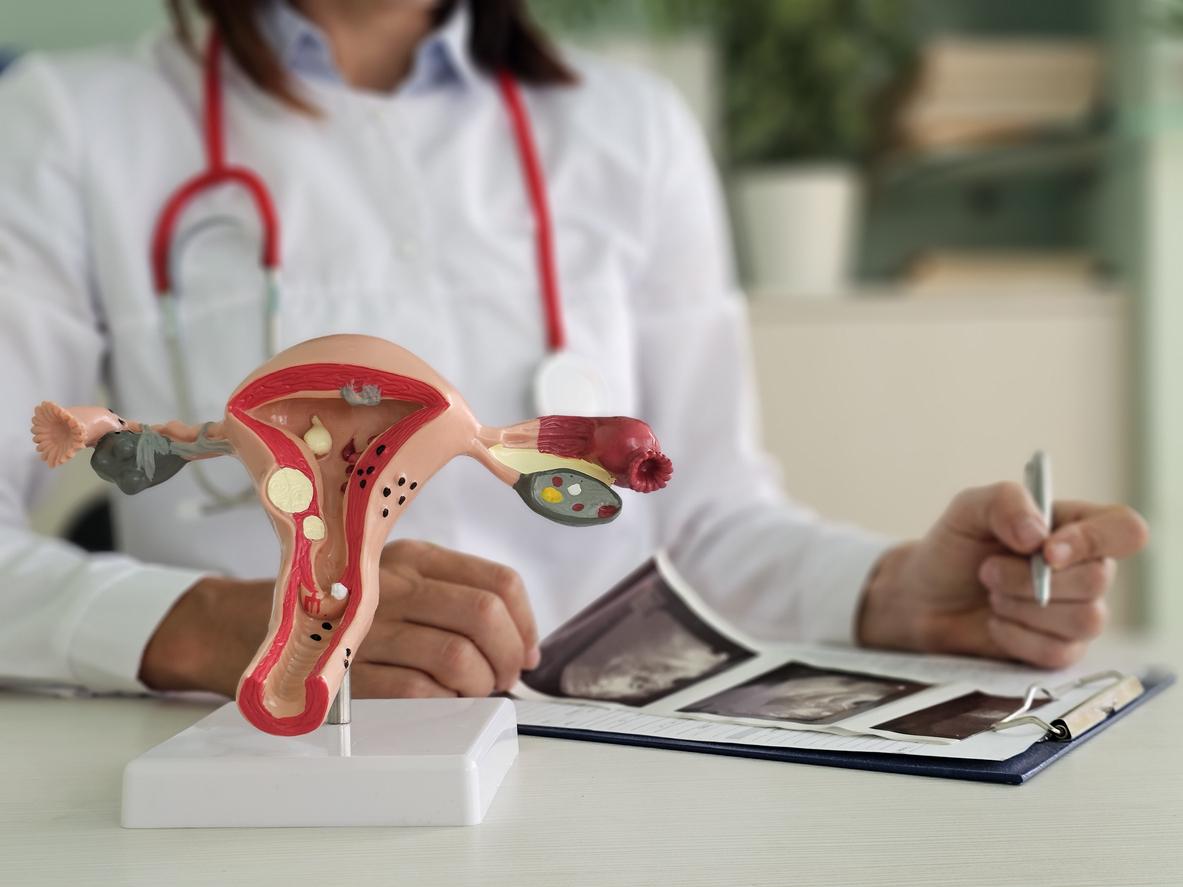Researchers from Public Health France are publishing an inventory of TDS (testicular dysgenesis syndrome) and precocious puberty. They partly associate these pathologies with early exposure to endocrine disruptors.

According tolast Weekly Epidemiological Bulletin from the Public Health France agency, male reproductive health in France is undergoing an overall deterioration, a priori favored by early exposure to endocrine disruptors. Same causal link with precocious puberty, which affects girls 10 times more often than boys.
To reach these conclusions, the researchers analyzed the temporal and geographic variations of four components of TDS (testicular dysgenesis syndrome). TDS is a developmental disorder of the testes that can lead to birth defects (hypospadias, cryptorchidism) in boys, an increased risk of testicular cancer and poor sperm quality in adulthood.
A 32.2% drop in sperm concentration
Let’s start with semen. Between 1989 and 2005, a significant and continuous 32.2% drop in sperm concentration was observed. For a 35-year-old man, the average concentration fell from 73.6 million sperm / ml in 1989 to 49.9 million / ml in 2005, a decrease of about 1.9%, (1.4 million sperm) per year.
Regarding testicular cancer, the mean crude incidence rate in the study period was 6.5 / 100,000, with an increase in cases of 1.52% per year. There is great heterogeneity of the disease at the national level, with high incidences in the far west and the far east and generally lower incidences in the southern half compared to the northern half of France. Equally worrying is the number of birth defects. The average incidence rate of cryptorchidism in boys under 7 years of age during the study period was 2.57 / 1000, with an increase in cases of 2.64% per year.
Pathological precocious puberty affects girls 10 times more often than boys
“Various causal hypotheses can be evoked, in particular exposure to endocrine disruptors,” say the authors of the study. They add: “other causes are possible or may be interwoven with the previous ones, such as smoking in pregnant women (…), nutritional or metabolic factors, air pollution or lifestyle changes (sedentary lifestyle, stress, heat, sleep) “.
The researchers also established that pathological precocious puberty affects girls 10 times more often than boys. As for testicular cancer, the differences are marked between the regions, with two places particularly concerned: the former Midi-Pyrénées region and the Rhône department, with incidences several times higher than the national average. “Precocious puberty may be linked to specific genetic factors, and ethnic / population factors may also play a role,” but “the role of environmental exposure to potentially endocrine disrupting substances and possibly of anthropogenic origin [liée à l’intervention des humains] is to be taken into consideration, without excluding environmental factors not yet identified “, estimates the French health agency.
Metabolism and neurodevelopment
This pathology is manifested by signs of puberty before the age of eight in girls and nine in boys. It is reflected in girls by the development of breasts and secondary sexual characteristics then by the onset of menstruation and, in boys, by the increase in the size of the testicles then by the occurrence of voice moult and the development of hair growth. pubic. Precocious puberty leads to an acceleration of the growth rate and an acceleration of bone maturation, with the risk of premature welding of the growth cartilages and reduction in size in adulthood. It also exposes to an increased risk of psychological disorders, and epidemiological studies have shown an increased risk of cancers of the reproductive organs or cardiovascular diseases.
Based on these new results, the researchers conclude: “thus, on the eve of the development of the second national strategy on endocrine disruptors, it is fundamental that the work presented in this BEH be continued and extended to other pathologies such as, for example, those of metabolism or neurodevelopment, which is supposed to be linked with exposure to endocrine disruptors “.

.















